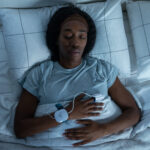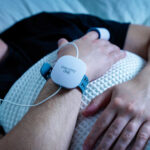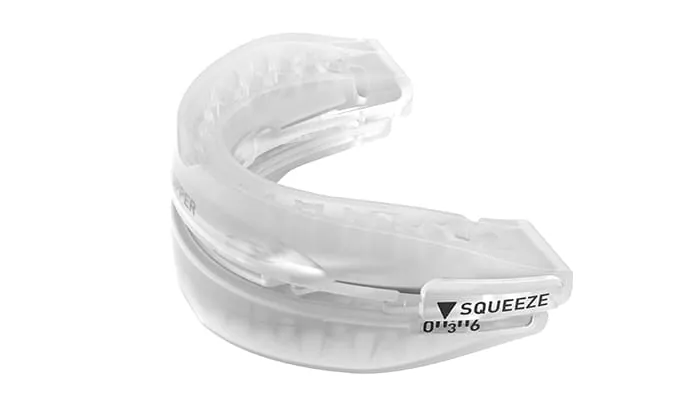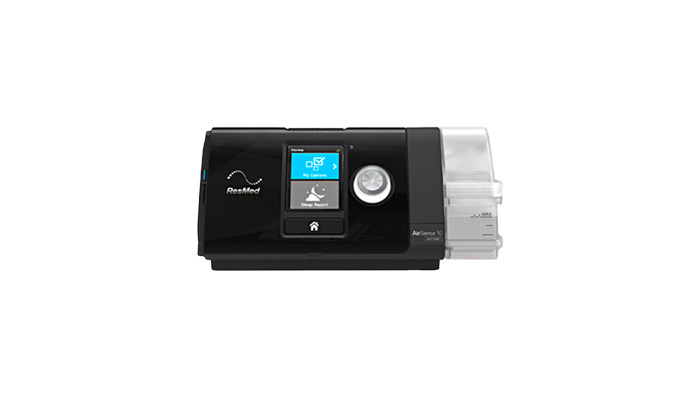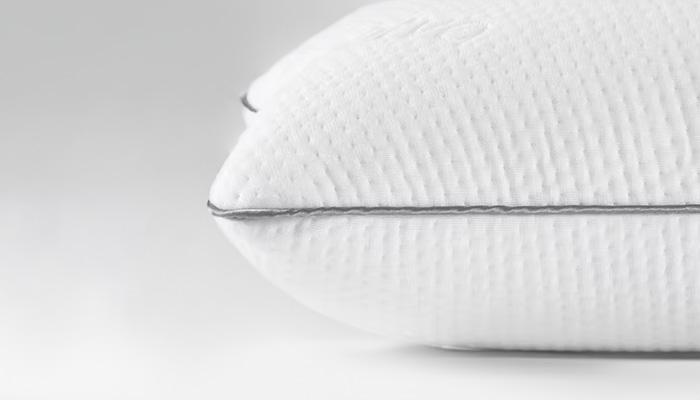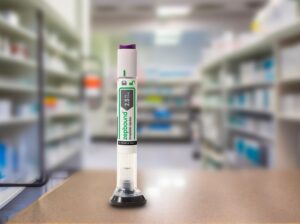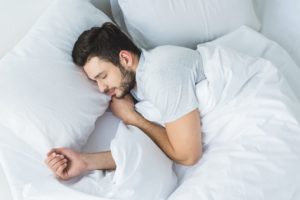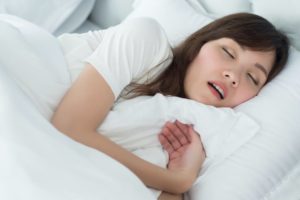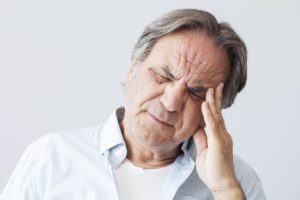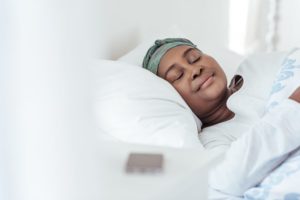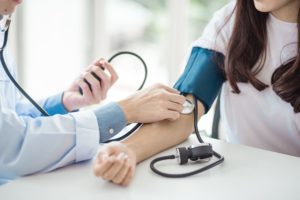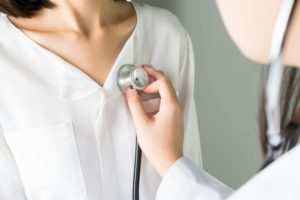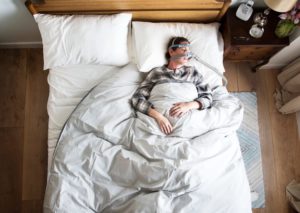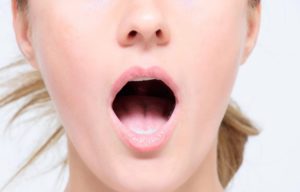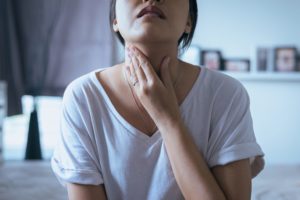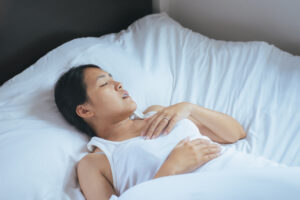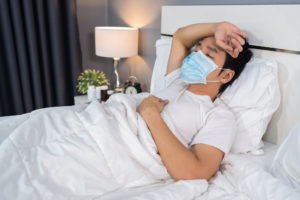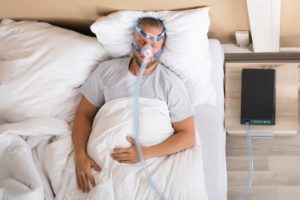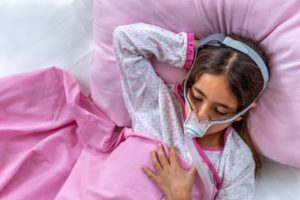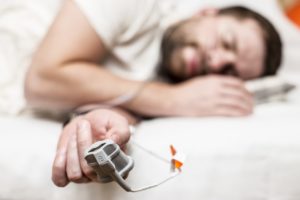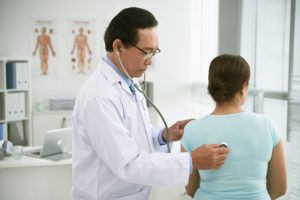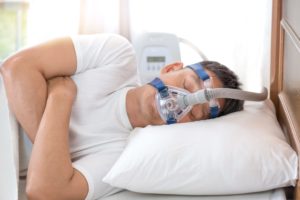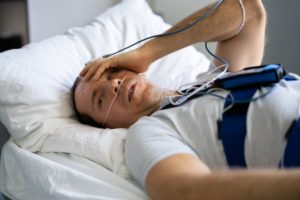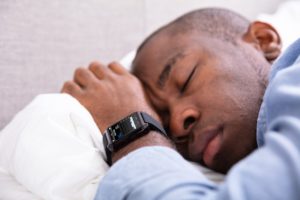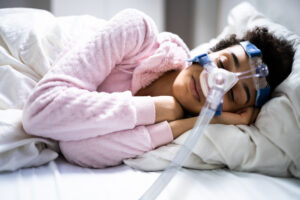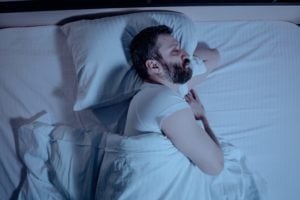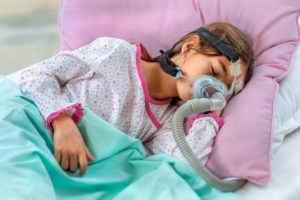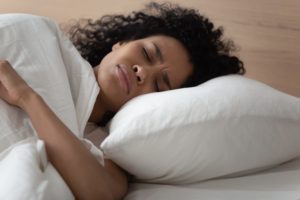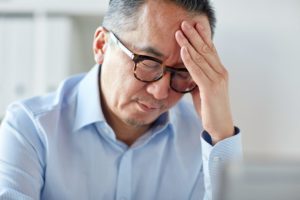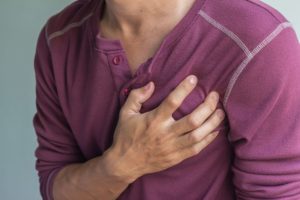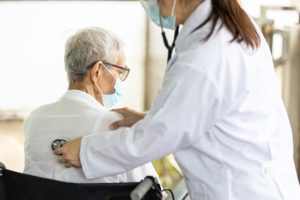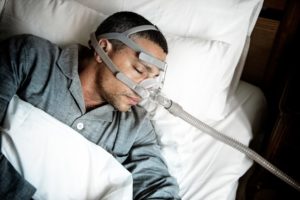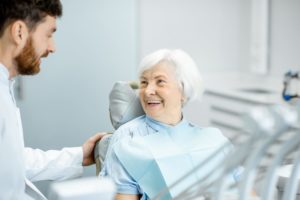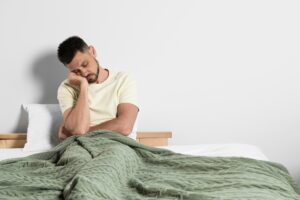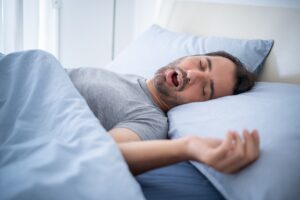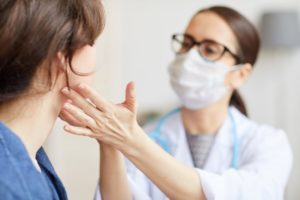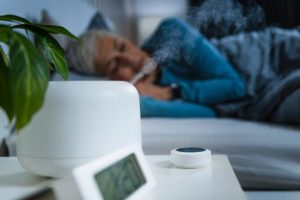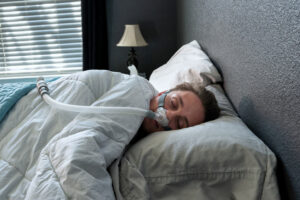When you buy through our links, we may earn a commission. Products or services may be offered by an affiliated entity. Learn more.
Central Sleep Apnea
Central sleep apnea (CSA) is a disorder that affects breathing during sleep. Caused by a brief lack of communication between the brain and the muscles that control breathing, CSA is estimated to affect about 0.9% of people over 40 years old in the United States.
CSA is often tied to an underlying health condition. If left unaddressed, this disorder can fragment a person’s sleep and lead to daytime drowsiness, thinking problems, and a heightened risk of errors and accidents. Learn more about the various types of CSA, as well as how the condition is diagnosed and managed.
Is Your Snoring a Health Risk?
Answer three questions to understand if you should be concerned.
What Is Central Sleep Apnea?
Central sleep apnea is a sleep disorder defined by an increased number of reductions or pauses in breathing during sleep due to a lack of effort from the muscles that control breathing. These interruptions in normal breathing can occur sporadically throughout the night or in a cyclical pattern .
Although CSA involves pauses in breathing during sleep, not all such pauses indicate CSA. People who do not have the disorder naturally experience some pauses in breathing. These harmless interruptions occur while transitioning from sleep to wakefulness or after a deep sigh and do not meet the criteria of a sleep-related breathing disorder.
Sleep-Related Breathing Disorders
CSA is a type of sleep-related breathing disorder, a term for conditions in which breathing during sleep is abnormal. Other sleep-related breathing disorders include obstructive sleep apnea, sleep-related hypoventilation disorders, and sleep-related hypoxemia disorder.
- Obstructive sleep apnea: Like CSA, obstructive sleep apnea (OSA) also involves disrupted nighttime breathing. OSA is caused by obstructions to the airway that temporarily reduce or stop breathing during sleep, despite the body attempting to breathe. Some people with CSA also have episodes of OSA.
- Sleep-related hypoventilation: People are diagnosed with sleep-related hypoventilation disorders when breathing during sleep is insufficient, resulting in an elevated level of carbon dioxide in the blood.
- Sleep-related hypoxemia: In sleep-related hypoxemia, the level of oxygen in the blood is abnormally low during sleep, unrelated to another sleep-related breathing disorder. Sleep-related hypoxemia is typically caused by another medical condition.
Central Vs. Obstructive Sleep Apnea
While central and obstructive sleep apnea both involve abnormal breathing during sleep, these conditions have different causes.
In obstructive sleep apnea, a person makes a notable effort to breathe, but the airway is blocked. The blockage often leads to snoring and sleep fragmentation. OSA is associated with daytime tiredness, high blood pressure, depression, and other issues.
In central sleep apnea, the problem is not a blocked airway. Instead, pauses in breathing occur because the brain and the muscles that control breathing do not function properly. As a result, a person with CSA repeatedly stops trying to breathe as they sleep.
Symptoms of Central Sleep Apnea
Many people with central sleep apnea do not have symptoms and only learn about their condition after visiting a doctor for another reason or while hospitalized. When symptoms do occur, they are often related to fragmented sleep and abnormal levels of oxygen in the blood. Symptoms of CSA may include:
- Excessive tiredness during the day
- Poor quality sleep
- Insomnia
- Difficulties with attention and concentration
- Waking up with shortness of breath
- Morning headaches
- Nighttime chest discomfort
Signs You May Have Central Sleep Apnea
People with central sleep apnea may not realize that symptoms like daytime sleepiness are related to disrupted nighttime breathing, because tiredness gets slowly worse over time. Signs that a person should speak with their doctor about CSA include excessive sleepiness, restless or poor quality sleep, and reports of abnormal breathing from bed partners.
- Excessive daytime sleepiness: Significant tiredness during the day, caused by insufficient nighttime sleep, is common in people with CSA. While some people with CSA may fall asleep during uninteresting tasks , not everyone with CSA experiences this symptom.
- Poor sleep: Rather than sleepiness, some people with CSA first notice symptoms of insomnia and waking up during the night. Insomnia symptoms include having trouble falling asleep or still feeling tired after waking up in the morning.
- Reports of abnormal nighttime breathing: Symptoms of CSA are often first noticed by bed partners, caregivers, or loved ones. Abnormal breathing patterns that may be observed include brief cycles of rapid, shallow, or paused breathing.
Think You May Have Sleep Apnea? Try an At-Home Test
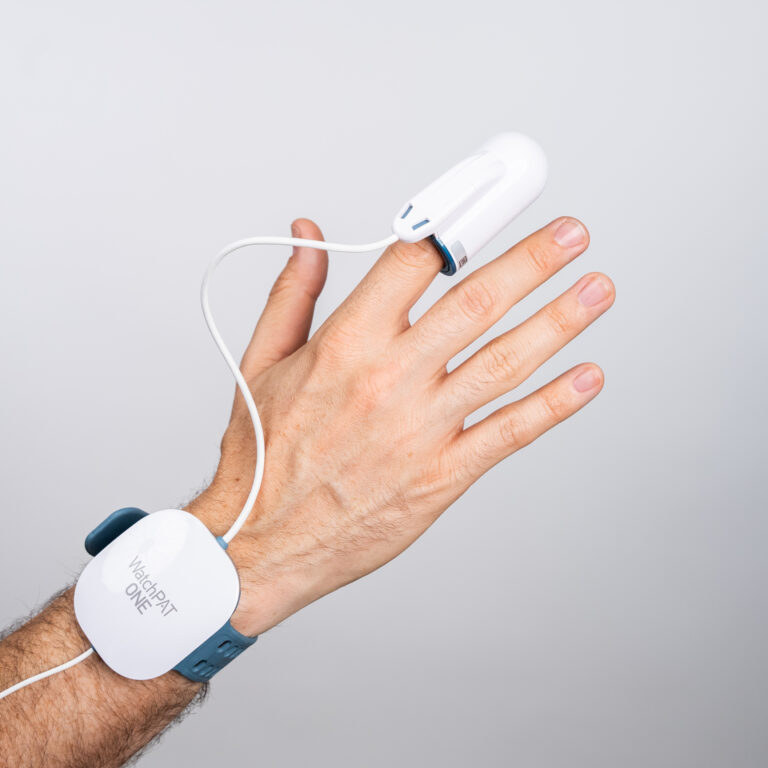
our partner at sleepdoctor.com
Save 54% on your Sleep Test Today
Shop Now“Truly grateful for this home sleep test. Fair pricing and improved my sleep!”
Dawn G. – Verified Tester
Types of Central Sleep Apnea
Multiple types of central sleep apnea exist. The condition can be primary, meaning it occurs on its own, or secondary to another cause. In adults, primary CSA is idiopathic, which means that it does not have a clear or identifiable cause. Primary CSA is rare.
In other types of CSA, abnormal breathing during sleep is generally related to a known underlying cause. These types of CSA differ based on their causes and features.
- Central sleep apnea with Cheyne-Stokes breathing: CSA with Cheyne-Stokes breathing is the most common form of CSA, often found in people with heart conditions. Breathing in this form of CSA is distinct from other types and includes a pattern of small and large breaths followed by long pauses.
- Central sleep apnea due a medical disorder without Cheyne-Stokes breathing: People with an underlying medical condition can also develop CSA without the pattern characteristic of Cheyne-Stokes breathing. This form of CSA is typically caused by damage to the brain stem through injury or disease and is considered to be rare.
- Central sleep apnea due to a medication or substance: In this type of CSA, the use of certain medications or substances diminishes the brain’s ability to properly initiate and regulate breathing. Opioids such as methadone are most frequently the cause.
- Central sleep apnea due to high altitude periodic breathing: This form of CSA can occur shortly after a healthy person has ascended in altitude, such as above 8,000 feet, where the air has a lower concentration of oxygen. In response, a person’s breathing becomes faster and deeper and can pause during sleep.
- Treatment-emergent central sleep apnea: In some people, CSA develops during positive airway pressure (PAP) treatment for obstructive sleep apnea . This type of CSA is estimated to occur in 5% to 15% of people being evaluated for PAP therapy during a sleep study and often resolves without treatment.
Risk Factors for Central Sleep Apnea
Research has identified several factors that increase the likelihood of a person developing central sleep apnea.
- Age: CSA occurs more frequently in people over the age of 65. This increased risk may be due to the aging process or to the higher incidence of other risk factors in older adults, such as heart failure, irregular heartbeat, and diseases of the brain and blood vessels.
- Sex: CSA is more common in men and people assigned male at birth, perhaps due to the effects of testosterone on the amount of carbon dioxide that can accumulate in the blood before the body reflexively takes a breath.
- Medical conditions: Numerous medical conditions increase the risk of CSA, including heart failure, stroke, kidney failure, atrial fibrillation, excessive growth hormone production , as well as spinal cord injuries and certain metabolic disorders .
- Medications: Medications associated with an increased risk of CSA include opioids, benzodiazepines, antidepressants, anticonvulsants, as well as certain muscle relaxants and antiplatelet medications.

How Is Central Sleep Apnea Diagnosed?
When a person is suspected of having central sleep apnea, a doctor will likely ask about symptoms and medical history, conduct a physical exam, and give a referral to an overnight sleep study.
A doctor will often begin an assessment by asking both the affected person and their bed partner or caregiver about signs suggestive of CSA, including:
- Abnormal breathing
- Excessive tiredness
- Insomnia
- Poor sleep quality
- Fatigue
- Difficulty maintaining attention
- Moodiness
- Low sex drive
- Impotence
- Nighttime chest pain
- Morning headaches
In addition, the doctor may ask about symptoms of health conditions related to CSA, such as shortness of breath when physically active, breathlessness when lying down, or trouble breathing that wakes the person up at night. While there are no physical signs specific to CSA, an exam may reveal signs of conditions associated with CSA.
Sleep Study
An overnight sleep study, also called polysomnography, is an important tool for confirming a CSA diagnosis. An individual is typically referred to a specialized sleep laboratory within a hospital or a sleep center for a sleep study. Before the day of the study, a trained medical professional will discuss the process and any steps needed to prepare.
During a sleep study, a person sleeps while measurements of various physical functions are collected using sensors attached to the head, chest, and body parts. Bodily functions that may be measured during a sleep study include:
- Sleep stages
- Respiratory effort
- Airflow
- Amount of oxygen in the blood
- Heart rate and rhythm
Treatments for Central Sleep Apnea
Central sleep apnea treatments help normalize breathing patterns during sleep, improve the quality and duration of sleep, and minimize daytime symptoms. Because most cases of CSA are caused by another health condition or are the side effect of a medication, initial treatment is usually aimed at resolving the underlying cause of CSA.
Whether doctors offer additional treatment to normalize a person’s breathing patterns during sleep depends on the severity of the person’s complications.
- Mild to moderate complications: For people without severe complications of CSA, treating the underlying cause may be enough to resolve abnormal breathing patterns. If CSA continues or is likely to continue after treating the cause, doctors may use additional treatments targeting nighttime breathing.
- Severe complications: People with severe complications, such as reduced blood flow to the heart or an irregular heart rhythm, may receive treatment for both the underlying cause of CSA and abnormal breathing patterns at the same time.
Treatments that target abnormal breathing patterns include positive airway pressure (PAP) therapy, supplemental oxygen, medication, or an implantable nerve stimulation device. The choice of treatment depends on the cause of CSA, a person’s breathing patterns, and the individual needs of the person being treated.
- Positive airway pressure (PAP) therapy: PAP therapy uses a machine to pump air into the airway to aid breathing during sleep . One of several types of PAP devices may be recommended for people with CSA, including continuous airway pressure (CPAP), bilevel positive airway pressure (BiPAP), and adaptive servo-ventilation (ASV).
- Supplemental oxygen: Supplemental oxygen during sleep requires the use of a machine that provides extra oxygen to the lungs . Supplemental oxygen may be recommended for patients while on PAP therapy or for people who have not done well with PAP therapy.
- Medication: If PAP therapy and supplemental oxygen do not resolve CSA, doctors may recommend a medication to stimulate breathing. These medications involve side effects, so people receiving this form of treatment must be monitored by their doctors.
- Phrenic nerve stimulation: For people who do not respond to other treatments, doctors may suggest surgically implanting a device in the chest that encourages breathing. This device sends an electrical current into the nerve to stimulate the diaphragm. This makes the diaphragm contract as it does in normal breathing.
Recommended Products for Central Sleep Apnea
From Our Partners at SleepDoctor.com
Living with Central Sleep Apnea
Being diagnosed with central sleep apnea can be a relief to people hoping to find the cause of their symptoms, but it can also be a challenge for those who require daily treatment. A few tips may help people adjust to living with CSA.
- Learn about the condition: Central sleep apnea can be a complex condition, and it can take time to understand the symptoms and treatment options. People diagnosed with CSA may find it helpful to locate resources, like websites and support groups, that can provide information and support.
- Avoid triggers: It is important for people living with CSA to minimize or avoid using sedatives that may trigger episodes of abnormal breathing, such as alcohol and opioids. People taking sedative medications for other conditions should discuss their treatment with a doctor or specialist.
- Maintain contact with the doctor: People being treated for CSA require regular follow-up visits to make sure that treatment is effective and to check for any complications or side effects. Doctors can also help people find support resources and answer questions about challenges that may arise during treatment.

Still have questions? Ask our community!
Join our Sleep Care Community — a trusted hub of sleep health professionals, product specialists, and people just like you. Whether you need expert sleep advice for your insomnia or you’re searching for the perfect mattress, we’ve got you covered. Get personalized guidance from the experts who know sleep best.
References
10 Sources
-
Becker, K. & Wallace, J. M. (2020, August 25). Central sleep apnea syndromes. Medscape., Retrieved July 7, 2022, from
https://emedicine.medscape.com/article/304967-overview -
Strohl, K. P. (2020, September). Central sleep apnea. Merck Manual Professional Version., Retrieved July 7, 2022, from
https://www.merckmanuals.com/professional/pulmonary-disorders/sleep-apnea/central-sleep-apnea -
MedlinePlus: National Library of Medicine (US). (2017, January 3). Angina., Retrieved July 7, 2022, from
https://medlineplus.gov/angina.html -
Singh, J. (2013, January 8). Basics of central sleep apnea. American College of Cardiology., Retrieved July 7, 2022, from
https://www.acc.org/latest-in-cardiology/articles/2014/07/22/08/25/basics-of-central-sleep-apnea -
Parthasarathy, S. (2021, May 18). Treatment-emergent central sleep apnea. In M. S. Badr (Ed.). UpToDate., Retrieved July 7, 2022, from
https://www.uptodate.com/contents/treatment-emergent-central-sleep-apnea -
A.D.A.M. Medical Encyclopedia. (2021, May 13). Acromegaly. MedlinePlus., Retrieved July 7, 2022, from
https://medlineplus.gov/ency/article/000321.htm -
MedlinePlus: National Library of Medicine (US). (2016, August 23). Mitochondrial diseases., Retrieved July 7, 2022, from
https://medlineplus.gov/mitochondrialdiseases.html -
Hafen, B. B. & Sharma, S. (2021, August 12). Oxygen saturation. In StatPearls. StatPearls Publishing., Retrieved July 7, 2022, from
https://www.ncbi.nlm.nih.gov/books/NBK525974/ -
A.D.A.M. Medical Encyclopedia. (2020, January 29). Positive airway pressure treatment. MedlinePlus., Retrieved July 7, 2022, from
https://medlineplus.gov/ency/article/001916.htm -
MedlinePlus: National Library of Medicine (US). (2020, August 19). Oxygen therapy., Retrieved July 7, 2022, from
https://medlineplus.gov/oxygentherapy.html


